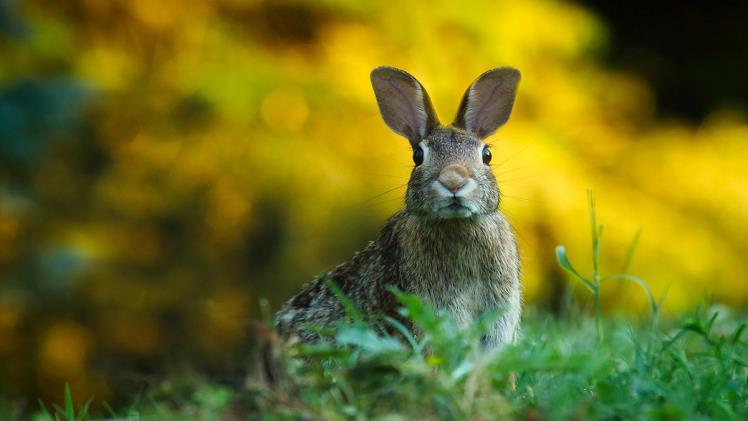Landscape photography is a popular genre of photography that captures the beauty and majesty of the natural world. It is an art form that requires patience, skill, and an eye for detail. In this guide, we will explore the key elements of landscape photography and how you can capture stunning images of the natural world.
Equipment
The first step to capturing stunning landscape photographs topportal is to have the right equipment. A high-quality camera with interchangeable lenses is essential for capturing detailed and high-quality images. A wide-angle lens is also a must-have for capturing expansive landscapes.
A tripod is also an essential piece of equipment for landscape photography. It can help keep your camera steady and reduce camera shake, resulting in sharper images. Additionally, a remote shutter release or cable release can help you take photos without touching your camera, further reducing camera shake.
Composition
Composition is key to capturing stunning landscape mywikinews photographs. The right composition can transform an ordinary landscape into a beautiful and captivating image. Here are some tips for creating beautiful compositions in landscape photography:
- Use the rule of thirds: The rule of thirds is a guideline for composition that divides the image into thirds both horizontally and vertically, creating nine equal parts. Placing your subject at one of these power points can create a more interesting and dynamic image.
- Consider the foreground, middle ground, and background: Including elements in each of these areas can create a more three-dimensional and interesting image.
- Use leading lines: Leading lines can create a sense of depth and perspective in your images. Examples of leading lines include roads, rivers, and fences.
- Pay attention to the sky: The sky can play a key role in landscape photography. Interesting clouds, colorful sunsets, and dramatic skies can all add to the beauty of your images.
- Look for patterns and textures: Patterns and textures can add interest and detail to your images. Examples include waves, rocks, and foliage.
Lighting
Lighting is another important element in landscape photography. The right lighting can transform an ordinary landscape into a stunning image. Here are some tips for working with different types of lighting:
- Golden hour: Golden hour is the period of time just after sunrise or just before sunset when the light is soft and warm. This is a great time for capturing beautiful landscapes.
- Blue hour: Blue hour is the period of time just before sunrise or just after sunset when the sky takes on a blue hue. This is a great time for timesofnewspaper capturing moody and dramatic landscapes.
- Overcast lighting: Overcast lighting can create soft and even light, which can be great for capturing details and textures in landscapes.
- Harsh lighting: Harsh lighting, such as direct sunlight, can create strong shadows and highlights. This type of lighting can be challenging to work with but can also create dramatic and impactful images.
Post-Processing
Post-processing is the final step in landscape photography. It is where you can bring out the best in your images and make them truly stunning. Here are some tips for post-processing your landscape images:
- Use software such as Adobe Lightroom or Photoshop to newspaperworlds djust the exposure, contrast, and color balance of your images.
- Use selective adjustments to adjust specific areas of your image, such as brightening up the foreground or darkening the sky.
- Consider converting your images to black and white for a more dramatic and moody look.
- Use sharpening tools to bring out the details in your images.
- Experiment with different styles and techniques to create a unique and compelling look for your images.
Conclusion
Landscape photography is a beautiful and Newsmartzone rewarding genre of photography. It requires patience, skill, and an eye for detail, but the results can be truly stunning. With the right equipment, composition, lighting, and post-processing techniques, you can capture the beauty and majesty of the natural world in your images.
